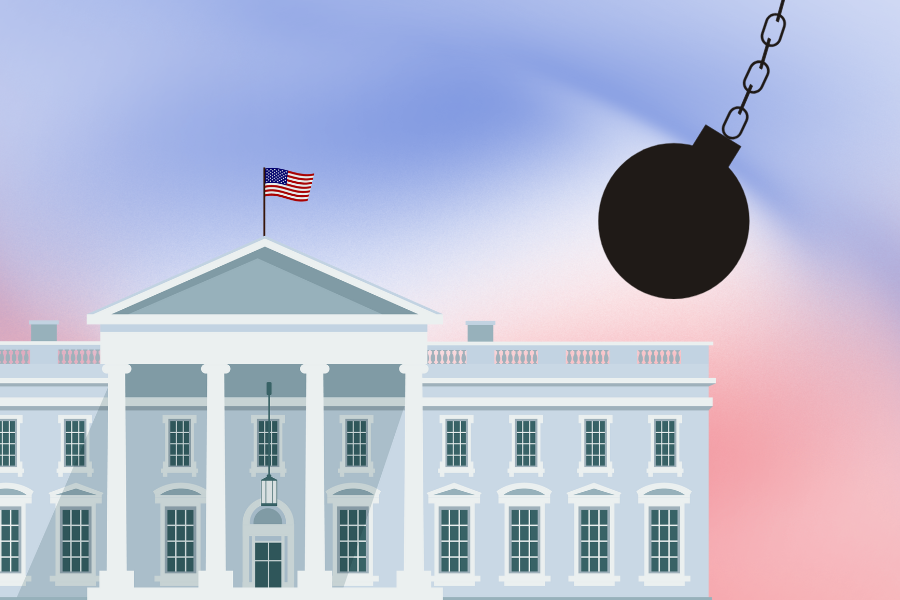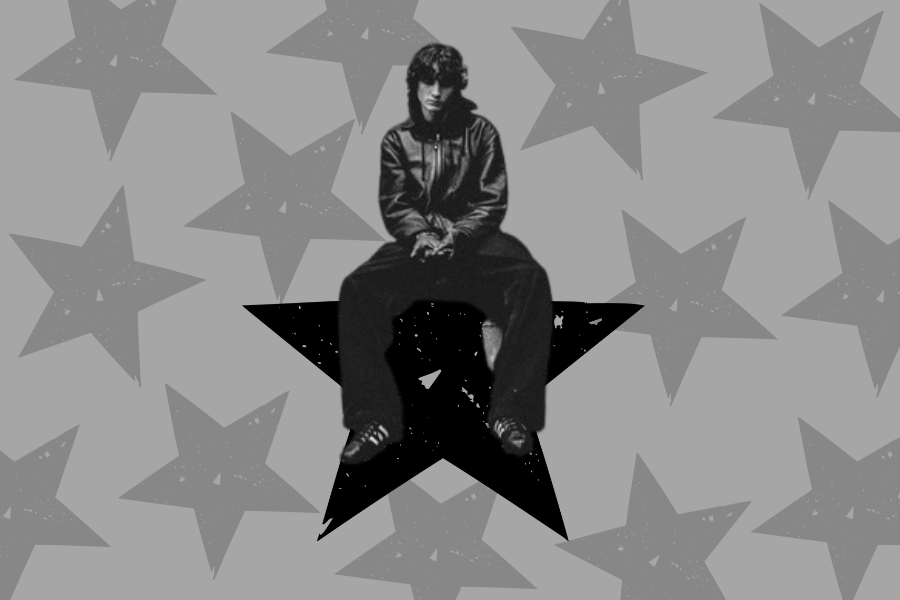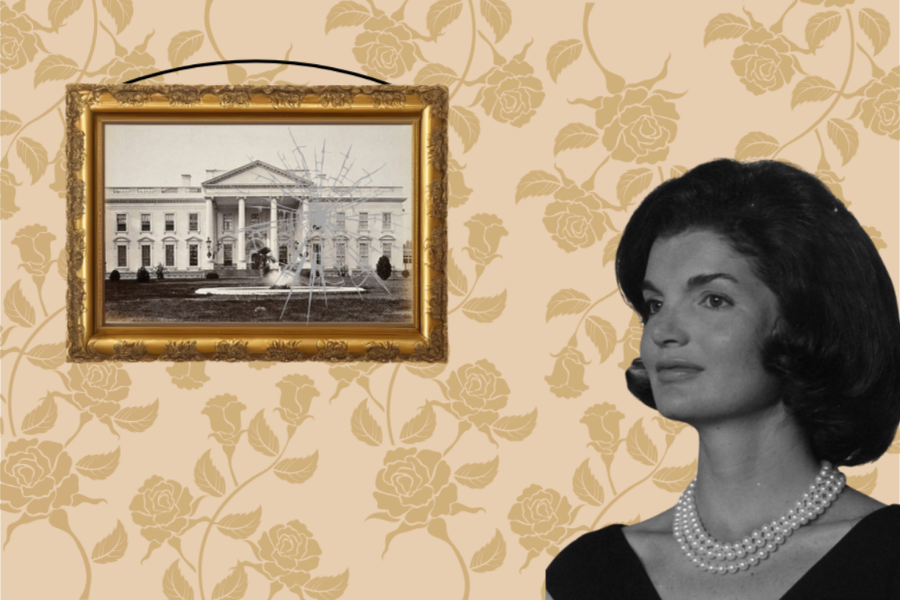Fashion is ever-changing as fads and trends come, but quickly go. Once upon a time, a worn looking pair of jeans just meant you haven’t bought a new pair in a while. Now it just means you shop at Balenciaga.
Welcome to the world of poverty chic, where the wealthy drop hundreds of dollars just to pretend to be poor all in the name of fashion. The torn jeans, duct taped sneakers and faded shirts that looked like they survived three generations are all the rage now, just as long as it’s designer.
The idea of “poverty chic” is to emulate the idea of looking poor while still maintaining an air of wealth. It’s all about embracing the aesthetic of being broke. That includes frayed hems, tattered sleeves and scuffed shoes. It’s just without the actual financial struggle. It’s cosplay for people who’ve never had to genuinely repair their only pair of sneakers with duct tape but think it’s cute when someone else pretends to.
Balenciaga is one of the brands that has seized the opportunity to use “poverty chic” as a frontline to their brand. A pair of men’s distressed jeans that are wrought with holes and on the verge of falling apart can run you upwards of $2,450. Or if you’re looking for a tattered pair of sneakers with the brand’s name lovingly spraypainted on the side that will cost you about $1,850.
Golden Goose is another brand guilty of appropriating the clothing of the lower class for an outrageous price. It’s signature Golden Goose sneakers complete with scuff marks average about $600. And Magnolia Pearl, quite possibly the biggest offender of the three, has built an entire brand off the tagline of “poverty chic.” The clothes say I lived off the land but prices say the land was a $10 million dollar ranch.
So why? Why spend thousands of dollars to pretend to be poor?
It’s the aesthetic of living this rugged rustic lifestyle without having to go through the actual hardships. The rich have the chance to cosplay as people who have less than them. They get to live the romanticized life of poor people while lacking the usual suffering that comes along with being poor. It’s about appearing grounded and real while still maintaining the comfort and privilege of wealth. At the end of the day, all they need to do is look at the price tag to remind them that they have a comfortable life to fall back on. Those in poverty do not get that same luxury.
In fact when actual people in the lower class wear worn-out clothing, they’re treated as lazy and unkempt. But slap a designer label on it, and suddenly it’s “edgy,” “artsy” and “avant-garde.” It’s a magic trick only luxury brands could master; turning people’s struggle into status.
Fashion has always been used as a way to express oneself through clothing. It’s a form of expression. That’s part of what makes it fun. But all “poverty chic” fashion lacks that expression. It’s fake. It’s a hollow attempt to be authentic while also clinging to the fact that it’s still a designer item despite how worn it is.
In a world where millions of people struggle to afford basic necessities, it’s gross to watch luxury brands profit off the look of hardship. Wearing fake dirt on $600 shoes while someone hopes that their shoes won’t fall apart on them? That’s not fashion. That’s making a mockery of struggle for the sake of aesthetics.
Poverty isn’t a trend. It isn’t just a style. And it certainly isn’t worth thousands of dollars.
Until luxury brands understand, “poverty chic” will remain what it is; a gross mockery of the lower class disguised as a fashion trend.








